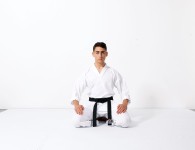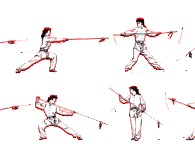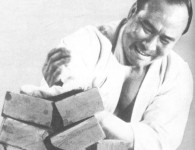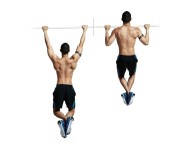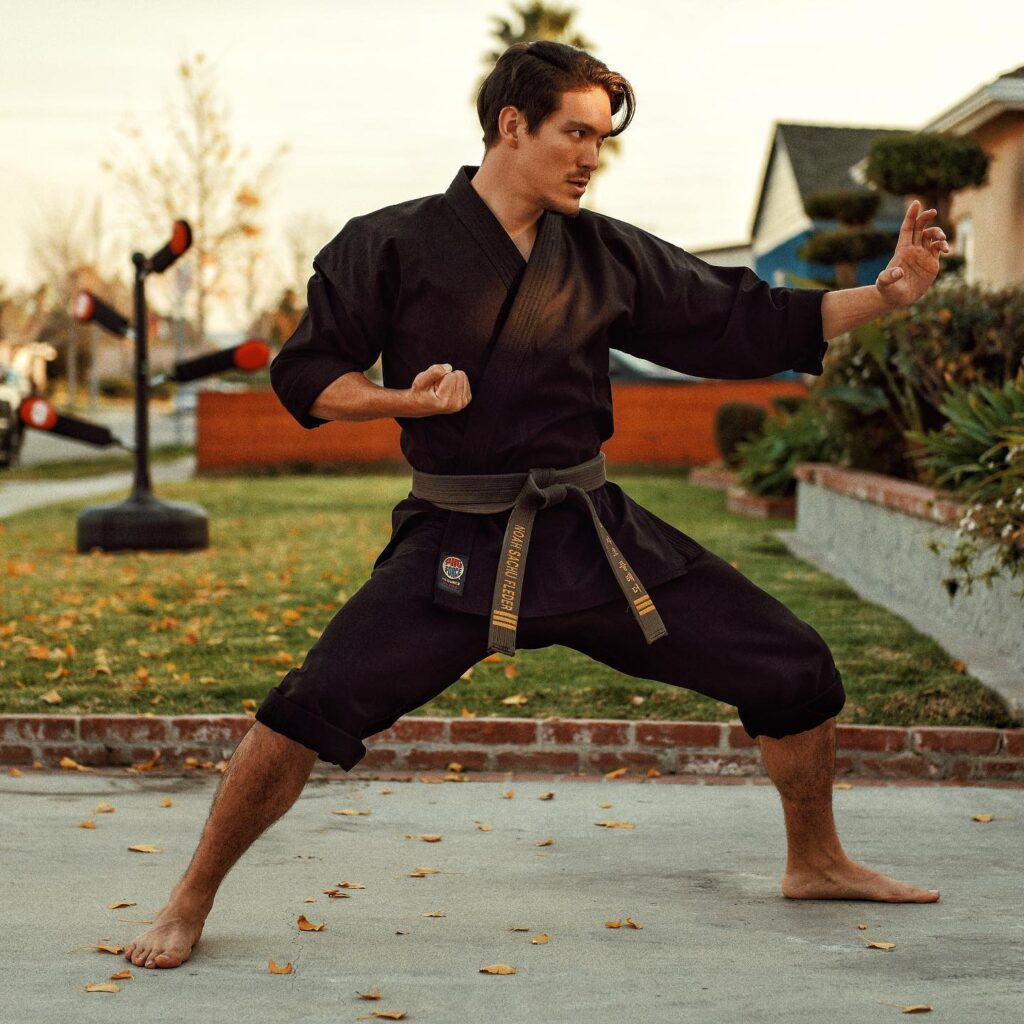
If you want to take your martial arts training to the next level, you might need to do your homework.
There are some aspects of martial arts training that should be saved for the gym, like intense sparring with your training partners, advanced martial arts drills, or learning a new technique for martial arts under the guidance of your sensei. There are also some parts of martial arts training that take time. It takes a while to learn new skills, and even longer to perfect them. And everyone learns at their own pace. Sometimes the best way to improve is to be patient with yourself and the process and just keep going until things start to click.
But there are also parts of that process that you can help along with a little extra work on your own, like improving your fitness or fine-tuning the details of something you’ve been stuck on in class.
We’ve put together a step-by-step guide to working on your martial arts progress at home. We’ll look at goal-setting, exercise planning, martial arts solo practice techniques, and the best martial arts equipment for home training to help you get the best martial arts benefits at home.
Step One: Assess Your Current Level
Take an honest look at your martial arts career up until this point. Be fair— don’t exaggerate, but don’t underestimate yourself, either— and think about where you’ve been and where you want to go next in your martial arts training. What are your strengths? What are your weaknesses? What are you proudest of? What do you feel you still need to work on? And, taking all of that into account, what would you like to do next in the short to medium term? (You can keep longer term dreams in the back of your mind for this exercise, too, but you’ll probably get a lot more out of setting up a home training routine if you don’t start with “I want to fight in the UFC!”)
Once you know what aspects of your game you want to improve, think about what kind of exercises or solo martial arts drills you can do to contribute to your martial arts progression at home.

Step Two: Set A Goal
Once you know what you want to work on and what you can do about it on our own time at home, it’s time to set a SMART goal. You’re looking for a goal that will be Specific, Measurable, Achievable, Relevant, and Time-Bound.
If you haven’t tried any extracurricular solo martial arts training before, we recommend starting with smaller goals for your beginner-friendly martial arts routines at home. Something like, “I want to increase my cardiovascular endurance so that I don’t feel as winded at the end of a three minute sparring round in three months.” Or, “I would like to improve a specific combo or technique in six weeks.” This will help you to establish your home training setup and routine without the added pressure of an overwhelming goal like, “I must tap out all of my teammates with an arm bar at my next sparring session, or this has all been a waste.”

Step Three: Build Your At Home Training Space
Once you know what aspect of your martial arts training you want to work on and have a general idea of how you want to do that, it’s time to figure out where you are going to do it.
While there are some fitness workouts for martial arts improvement you can do outside of your home — like going for a run to develop your cardio — in most cases you will probably need to make a training space somewhere in your living space. And that will require sourcing effective home training tools for martial arts and figuring out where to put them.
Take a look at your home and figure out how much space you have to dedicate to a home training setup. Or, if you’re strapped for extra space, how much space you can make for training sessions and how much martial arts gear you can comfortably store in between training sessions. Think about what training gear is best suited to your martial art and to your specific goals. Then you can start to invest in the best gear for your goals and build your home gym.

Step Four: Put Together A Training Routine
Once you know what you want to accomplish and you have the space and tools to help you reach your goal, you can start to plan your method of attack.
The first thing you should do is outline how much time you have to dedicate to your at home martial arts training. How many minutes per day and how many days per week can you realistically commit to this project? Then look at your space and think about what martial arts drills and fitness exercises for martial arts you can safely and effectively perform by yourself with the resources available to you.
Once you have those parameters in place, you can start to build your at home training routine. Start with a brief warm-up and finish with a gentle cool down. Then fill the middle with the drills and exercises that are best suited to helping you achieve your training goals.
If you’re not sure which exercises you should include, there are a number of places you can turn to for training tips. Consult books and blogs on the topic. Watch videos or look into virtual instruction options. Ask your sensei and training partners for suggestions. You can also check out our blogs on solo martial arts training for more suggestions.
Once you’ve got your training plans in place, you can start right away!

Step Five: Measure Your Progress
As you approach the end of the time frame you set up for your at home martial arts training goals, you can start to make observations on how the process is going. Give yourself credit for what you’ve accomplished, and take note of where you could make some improvements. Then you can use this information to redouble your efforts, tweak your at-home gym setup to better accommodate your training needs, or set an entirely different goal and try something new.
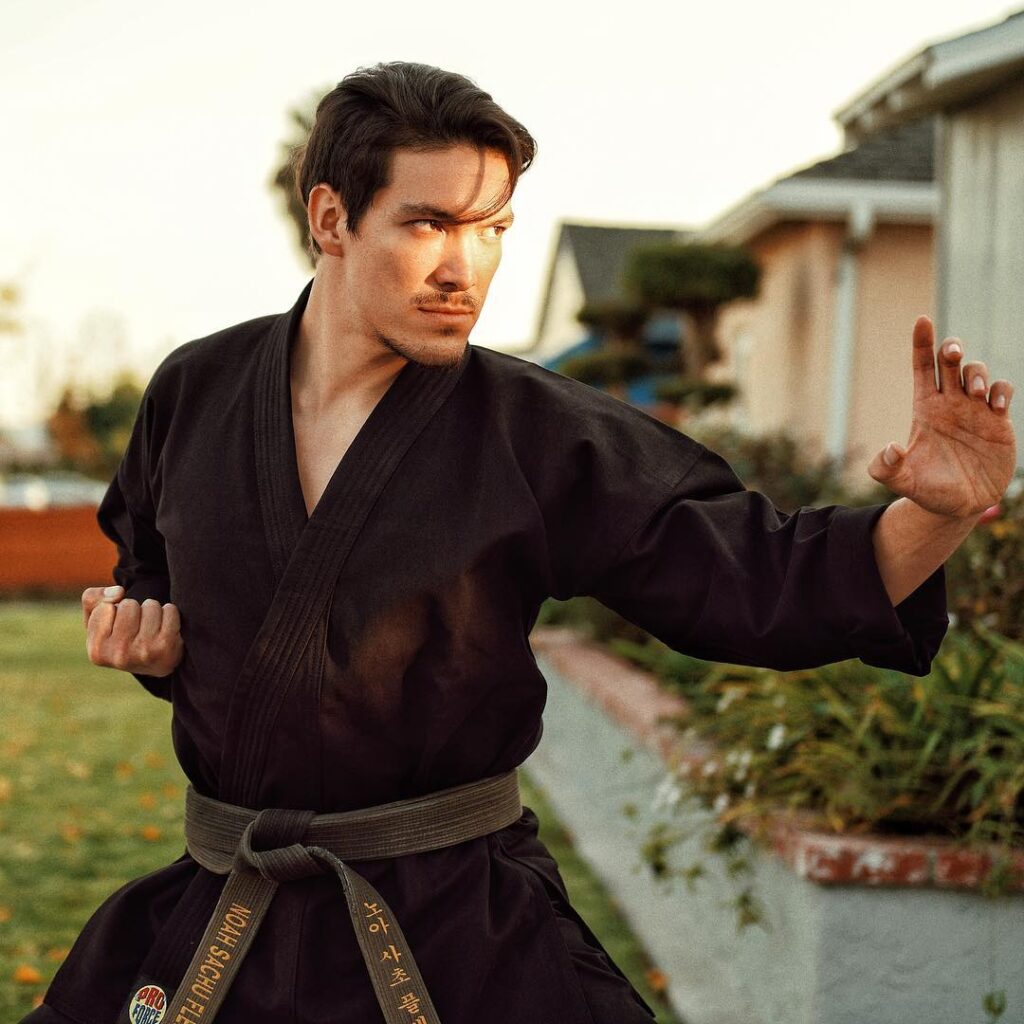
Equipment Recommendations
For everyone: Whether you’re focusing on striking techniques, grappling drills, or bodyweight strength and conditioning exercises, you will need some kind of mats for your at-home martial arts training space. A set of ProForce® Deluxe Reversible Jigsaw Mats are a great all-purpose choice for any solo martial arts training sessions involving standing, rolling, or anything in between. They’ll provide padding and a non-slip surface for your body and protect your living space from scuffs and the general wear and tear that can happen to places where intense exercise is happening.

For striking-based training: The ProForce® Target Master is an excellent choice for anyone whose at-home martial arts training focuses on punches, kicks, and other techniques that are used in martial arts and combat sports like boxing, Muay Thai, kickboxing, and Karate. Its design is easy to use for any experience level, and lends itself well to solo martial arts training.
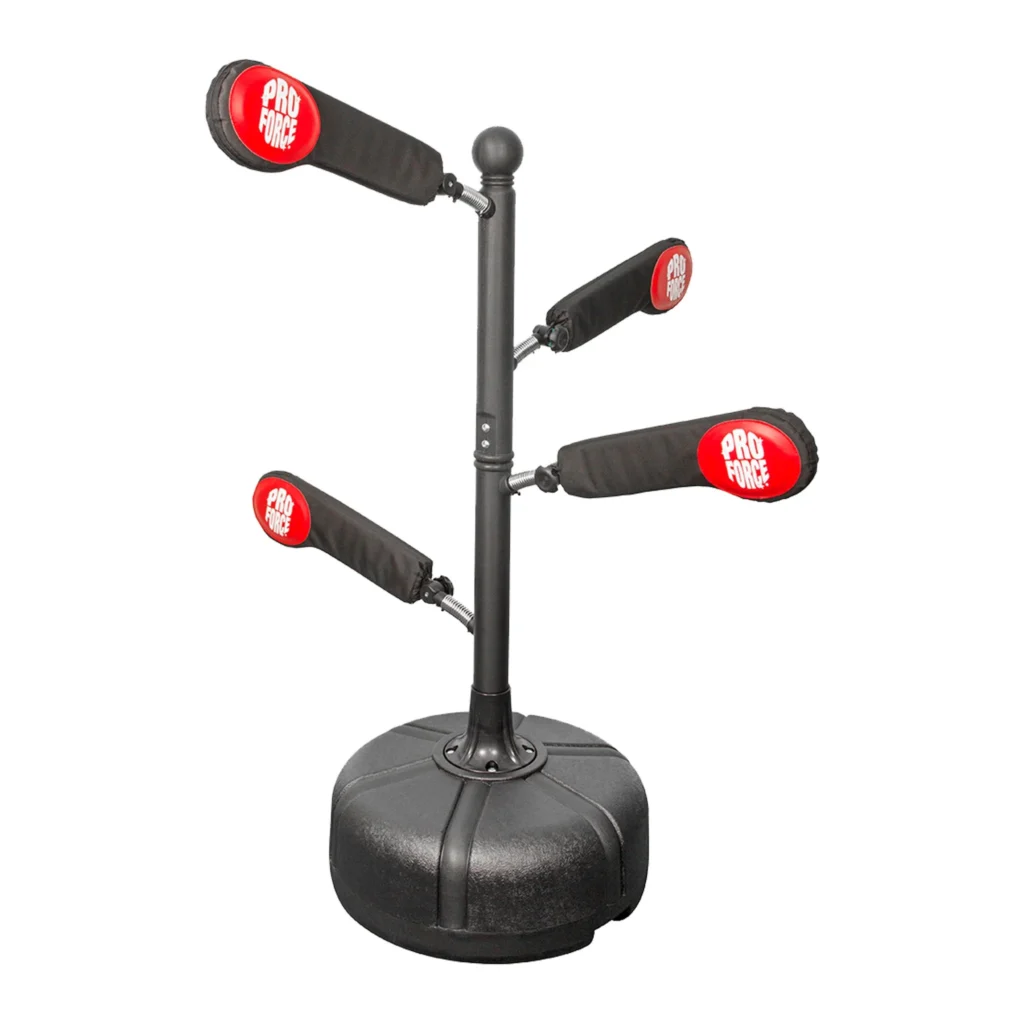
If you have someone who is willing to hold a pad for you, or if you want to practice the type of ground-based striking involved in MMA, the ProForce® Tombstone Shield is a great option for anyone with limited space and smaller budgets. It’s easy to store and easily adaptable to a wide range of technique and conditioning exercises. Click here for some fun training tips.
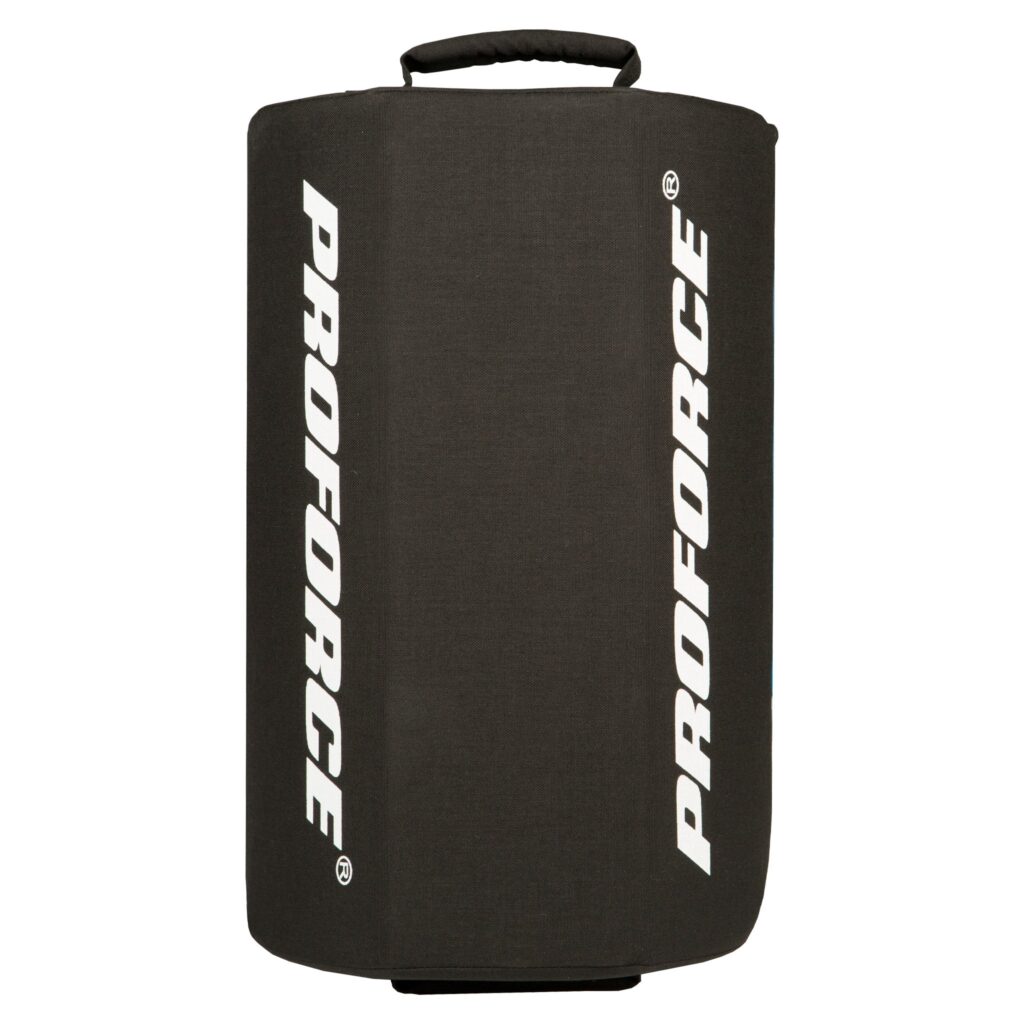
For grappling training: If your at-home martial arts training goals involve takedowns, throws, submissions, or position drills found in disciplines like Judo, Brazilian Jiu-Jitsu, and amateur wrestling, the ProForce® Unfilled Grappling Dummy can be your training partner. This piece of martial arts gear is an excellent choice for anyone who is looking to adapt the wide array of partner-based drills and technique training for solo workouts.










